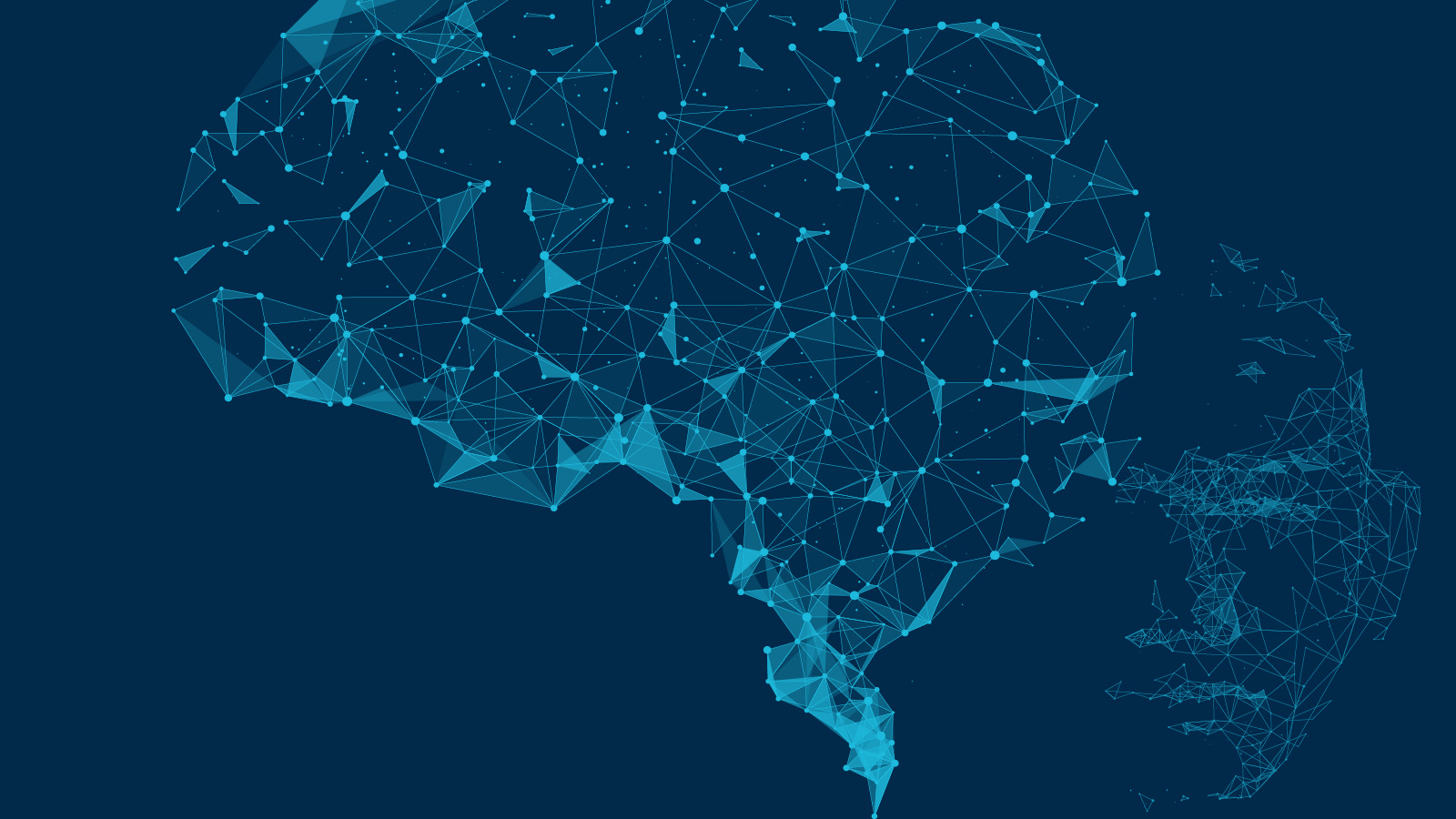Convolutional Neural Networks How AI Sees the World
Convolutional Neural Networks (CNNs) are a category of artificial intelligence that has revolutionized the way machines perceive and interpret the world. This deep learning algorithm, inspired by the biological processes in the human brain, is predominantly used in processing visual data. The application of CNNs spans across various sectors such as autonomous driving, healthcare, security systems and more.
The term ‘convolutional’ refers to mathematical convolution operation performed on the input data using a filter or kernel. These filters help detect features like edges, shapes and objects within an image which makes CNNs exceptionally good at understanding spatial hierarchies. Unlike traditional neural networks that process inputs one pixel at a time without considering their surroundings, CNNs consider regions of an image during processing which allows them to identify patterns with spatial context.
A typical Convolutional neural network for texts consists of three types of layers: convolutional layers, pooling layers and fully connected layers. The convolutional layer applies several learned filters to the input data and passes its result to the next layer – pooling or subsampling layer. The role of this layer is to reduce dimensionality while maintaining important information detected by previous convolution operations.
The final component in this architecture is a fully connected layer where all neurons from preceding layers connect with each neuron in this layer performing high-level reasoning functions such as classification or regression based on extracted features.
One significant advantage of CNNs over other AI models lies in their ability to automatically learn hierarchical feature representations from raw input data without requiring manual feature extraction techniques which were prevalent before deep learning era began.
This technology has been instrumental for advancements like facial recognition systems where they can accurately identify individuals even if they age or change appearances over time; medical diagnosis where they can detect anomalies in medical images with precision matching expert radiologists; self-driving cars where they understand road conditions better than any rule-based AI system ever could have achieved; among many others.
Despite these successes however there are still challenges that need to be addressed. CNNs require large amounts of labeled data and computational power for training, making them not always the most feasible solution. They also struggle with understanding context beyond what they see in an image which is a significant limitation in real-world applications.
In conclusion, Convolutional Neural Networks have transformed how artificial intelligence sees and understands our world by mimicking the human visual system. Their ability to learn complex patterns from raw data has opened up new possibilities across various fields. As research progresses, we can expect more sophisticated models that overcome current limitations and bring us closer to achieving true artificial intelligence.

